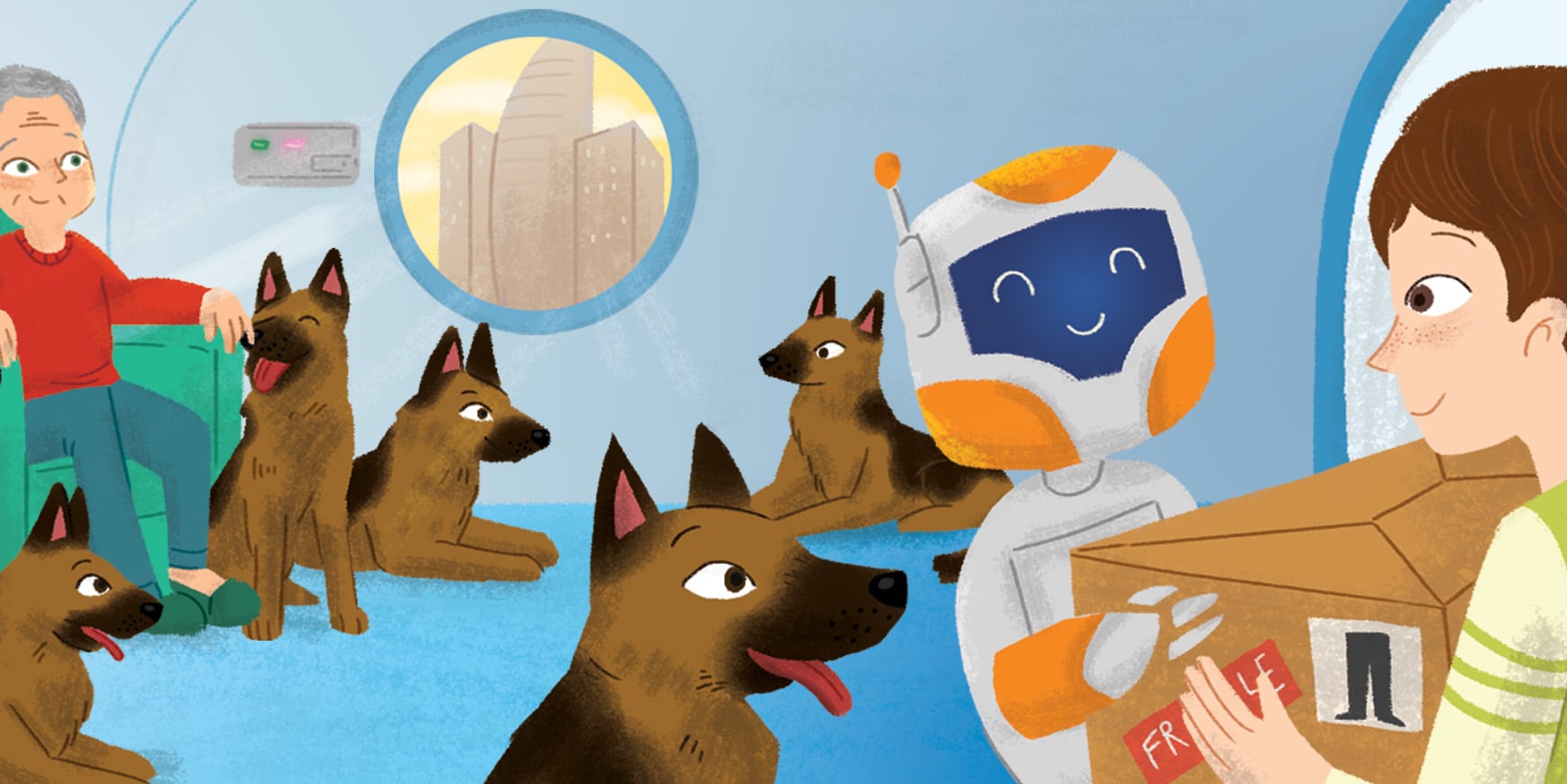Making eBooks Count: The case for online readers to support development by Ben Connor
Research has shown that enjoyment of reading is key to future success. However, we also live in a digital age, where our pupils spend a vast amount of their time consuming information via digital and social media platforms. Although print is important, access to digital books on a range of devices can give children more opportunities to read.
